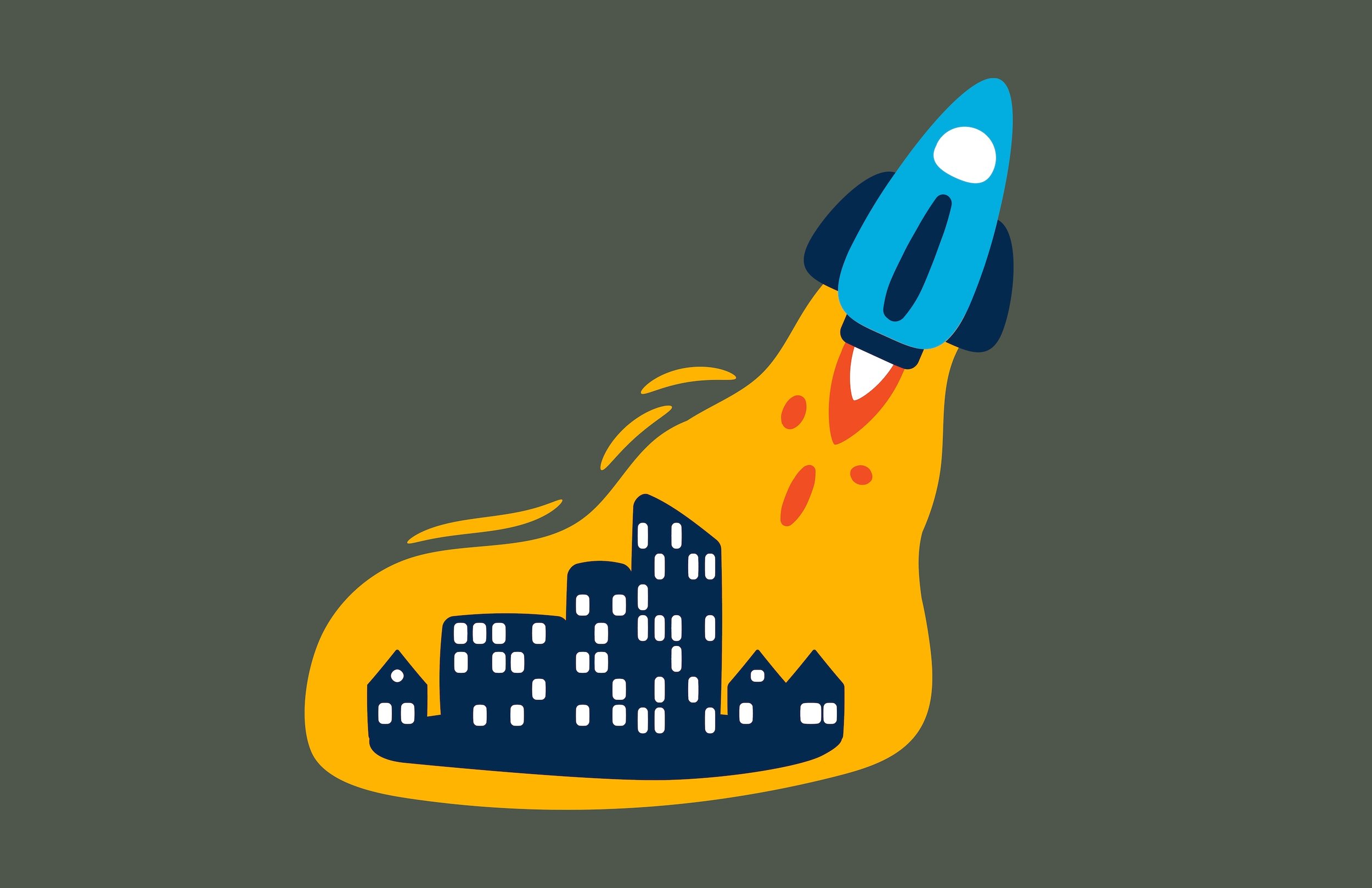Traditional marketing is dead. Get over it.
Millennials dislike adverts, it’s official.
In research by McCarthy group that’s been cited by Forbes, 84% of people polled, distrusted and disliked ‘traditional’ advertising. The number however, skews in the other direction when advertising features a digital personality the viewer likes or respects.
But notably, this is not just something limited to a few people - the millennial generation makes up almost 22% (over a fifth – or a little over 72 million people) of the US population according to Statista, so it’s worth reading. that first line again to appreciate how the game has changed, and how it’ll continue to go this way. We can’t see the trend somehow reversing with generation Z.
The move to content marketing
It’s time for companies to understand that we’re now in the era of content and influencer marketing, so your Pay-Per-Clicks (PPC) spend is almost irrelevant. And if you’re still reluctant to believe personalities make money by making content, let this next line sink in:
In early 2022, the BBC reported:
‘Together, the 10 best-paid YouTubers made a combined $300m (£218m) in 2021, the US magazine estimated.’
The highest earner of that list, Mr Beast, made almost $40M per year from his YouTube channel and associated advertising revenues. When you combine this with the understanding that millennials prefer streaming to traditional television content, the transition from traditional marketing techniques can be fully understood. Ad breaks don’t get any attention, it only really happens when embedded in the content by a personality the viewer likes.
What can companies do about the shift from traditional marketing?
Companies need to start growing creative personalities that understand brand values and can communicate them in a relevant and authentic manner. This could be through video content sharing valuable information embedded on their website (great for their SEO as the Google algorithm is constantly releasing updates to optimise for authentic content), content written by real members of their organisation, or new social media or website channels to help highlight their organisation.
Ultimately, Facebook and Google ads will retain their place to convert customers that are already aware of you and your brand values, however, companies that want to build resilience in to their futures must realise that the old ways of marketing are gone.
References:
1. https://www.adweek.com/sponsored/7-words-brands-should-never-ever-say-millennials-169233/
3. https://www.bbc.com/news/entertainment-arts-59987711
4. https://www.statista.com/statistics/296974/us-population-share-by-generation/
6. https://www.statista.com/statistics/797321/us-population-by-generation/
7. https://www.pewresearch.org/fact-tank/2019/01/17/where-millennials-end-and-generation-z-begins/
8. www.adweek.com/creativity/infographic-what-millennials-want-native-ad-content-163526/





